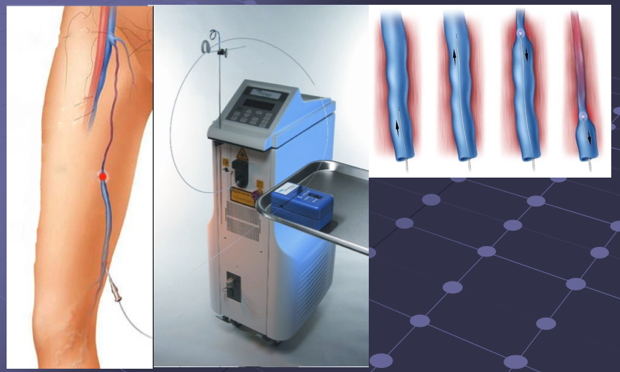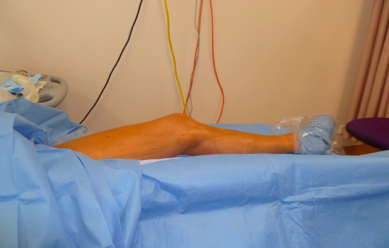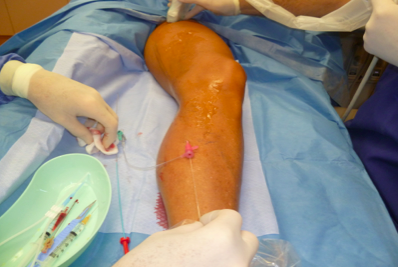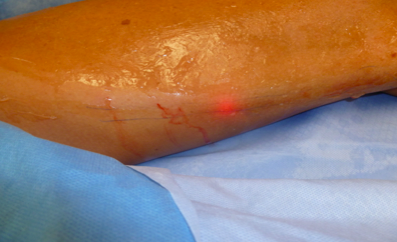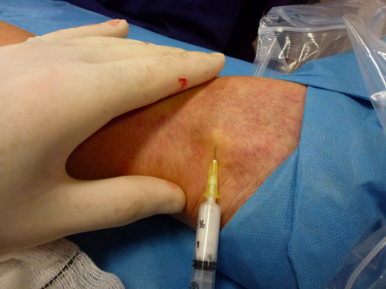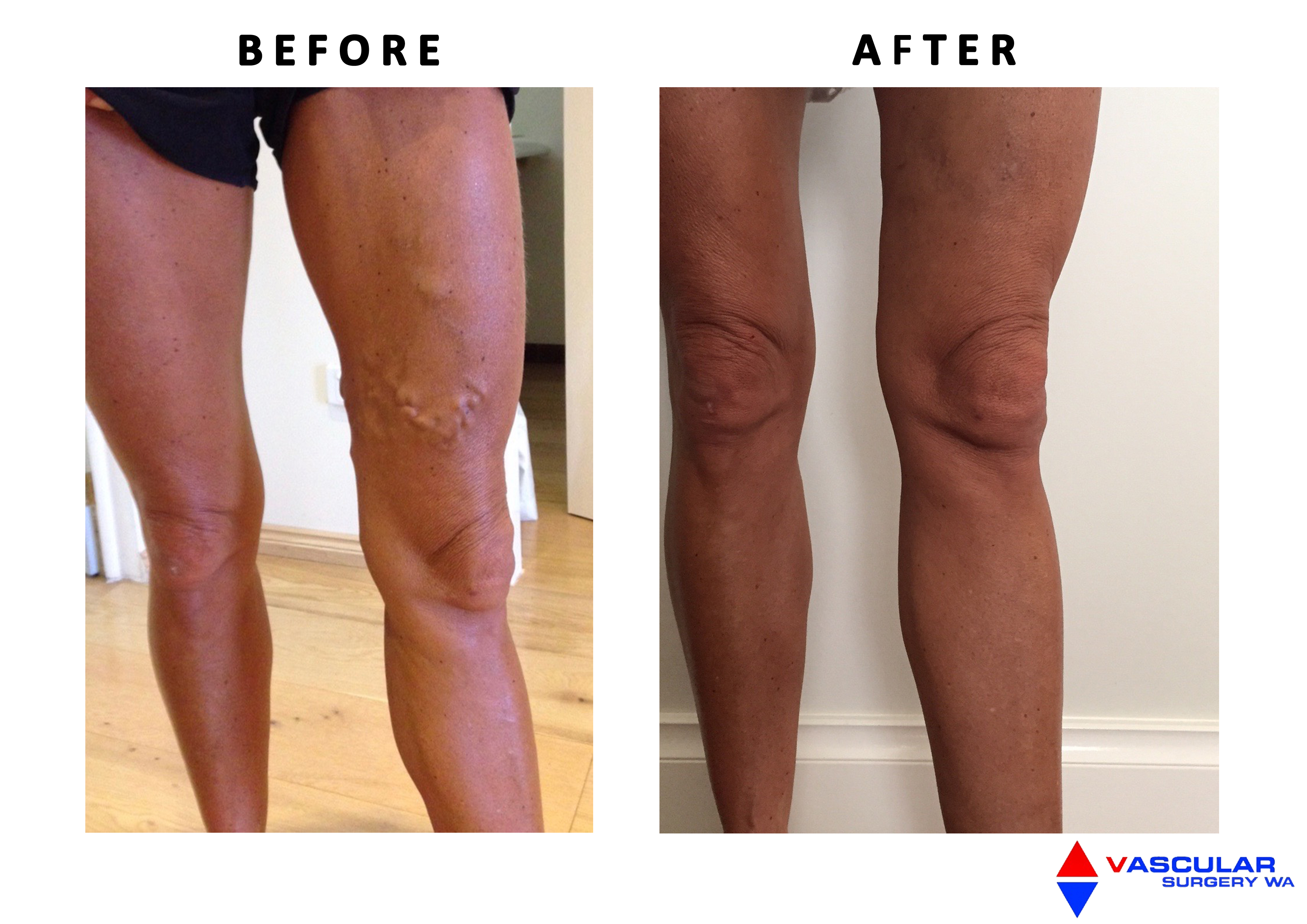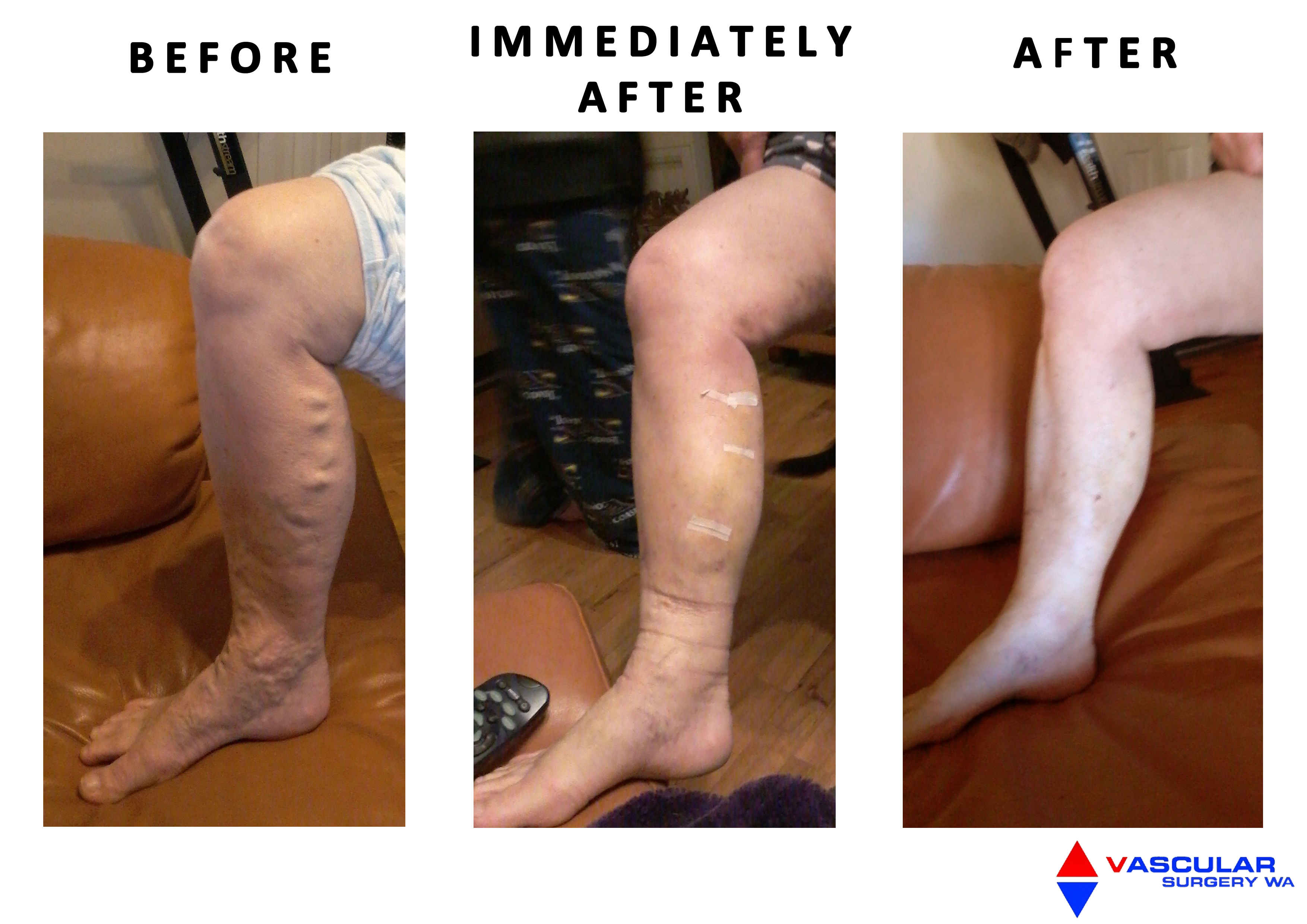The modern treatment alternative for varicose veins:
- Minimally invasive
- Optimal cosmetic results
- Fastest recovery
- Day case – walk in-walk out
- Local anaesthetic
Laser Treatment (also called Endovenous Laser Ablation) is the first preference treatment for varicose veins in most patients. The European Venous Forum, The Society for Vascular Surgery and the American Venous Forum recommend laser ahead of traditional vein stripping for the majority of patients (who have saphenous vein reflux).
Laser Vein Treatment gets the best possible cosmetic results because it has no need for the large incisions required for vein stripping.
Recovery is quicker because it is less invasive. Bruising is less, and most patients can return to office work after 3 days.
Recovery is further aided because Laser Vein Treatment is done with local anaesthetic (avoiding the need for general anaesthesia).
Dr Baker was the first Perth Surgeon to do Laser Vein Treatment. He brings experience and knowledge to ensure the best possible outcome for each patient.
Initial Assessment
At the First Appointment a history is taken and a clinical examination is made.
Patients who are candidates for Laser Vein Treatment are referred for an Ultrasound Examination of the veins, to obtain information that guides the surgery.
Dr Baker refers to CVS, (a third party) who specialise in Vascular Ultrasound and have a commitment to quality.
Laser Vein Treatment is particularly suitable for patients who:
- Place a high priority on the cosmetic outcome
- Need to get back to work
- Want to return to physical activity soon after treatment
- Have leg swelling – Laser rarely makes it worse, but stripping can
- Are elderly, and will tolerate the treatment well
The Procedure
The procedure is performed with the patient awake. Mild sedation may be given.
The leg is prepped with antiseptic and surgically draped.
A sheath (fine tube) is placed in the vein with the aid of ultrasound. The laser fibre is then introduced into the vein and carefully positioned.
Further local anaesthetic ensures good contact between the laser fibre and the vein.
Laser Treatment of the vein is then performed. Pulses of laser energy pass from the tip of the fibre to the vein, causing it to close as the fibre is gradually moved along the vein. When complete the fibre is removed.
Smaller vein branches are then treated by Sclerotherapy and Phlebectomy.
After Laser Vein Treatment
When the procedure has been completed a stocking is applied to the leg, over the bandage.
Patients are then asked to walk for 15 minutes in the building, before being driven home.
A Follow-up Appointment with Dr Baker, and a Follow-up Ultrasound are scheduled for approximately 2 weeks.
The success rate of Laser Vein Treatment exceeds 97%. The results are better than traditional surgery in the short term and the long term.



 Menu
Menu





